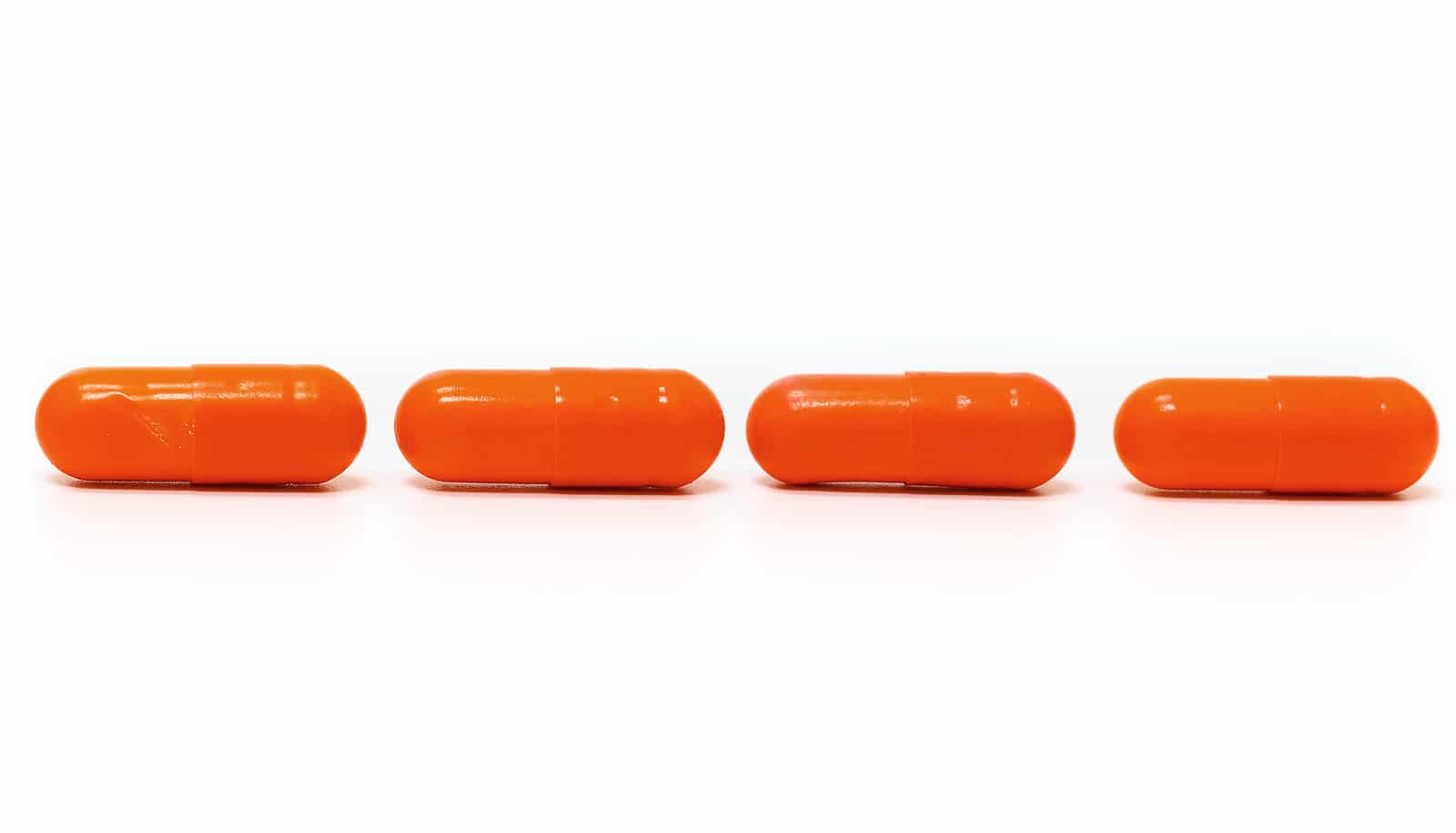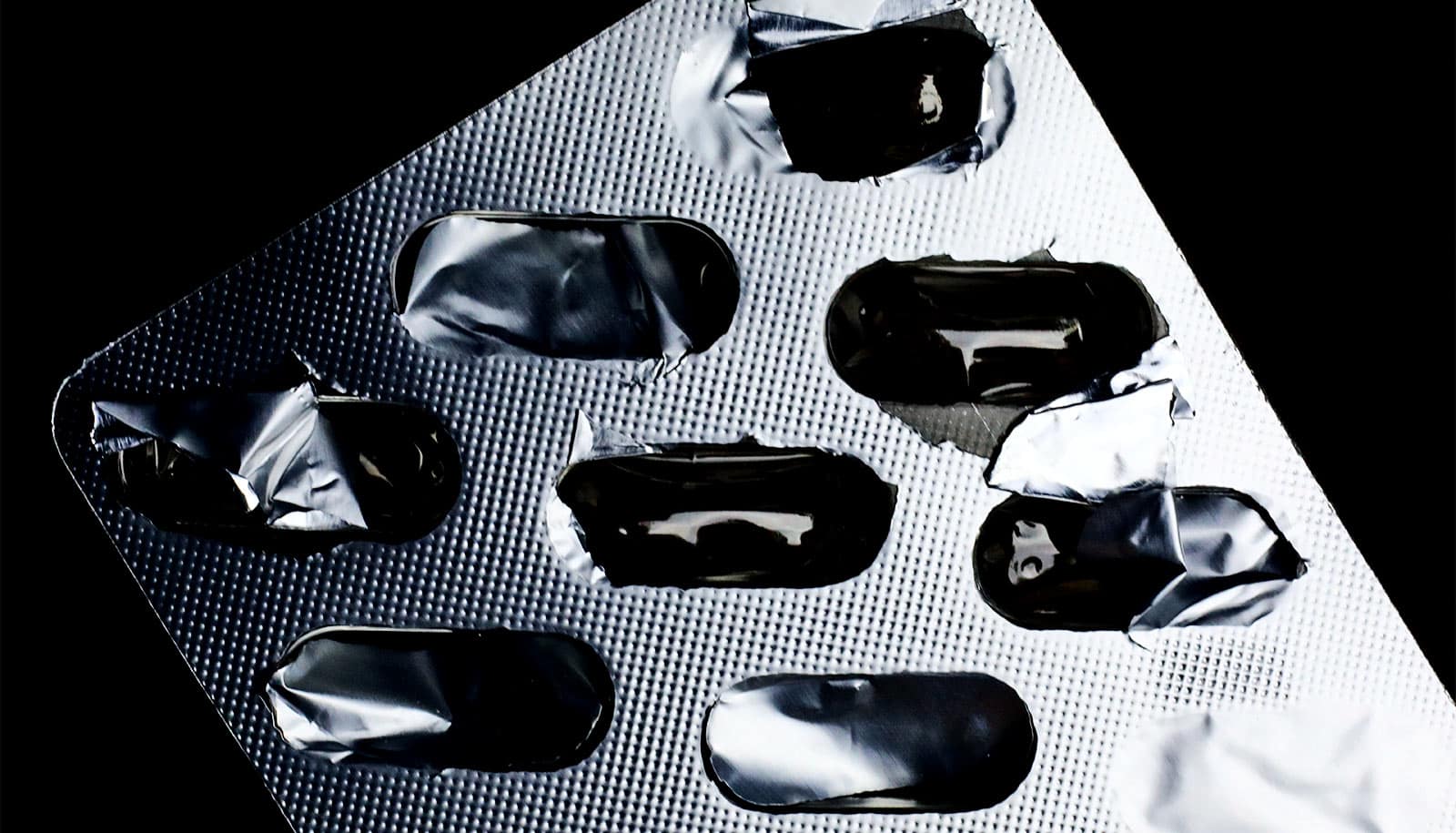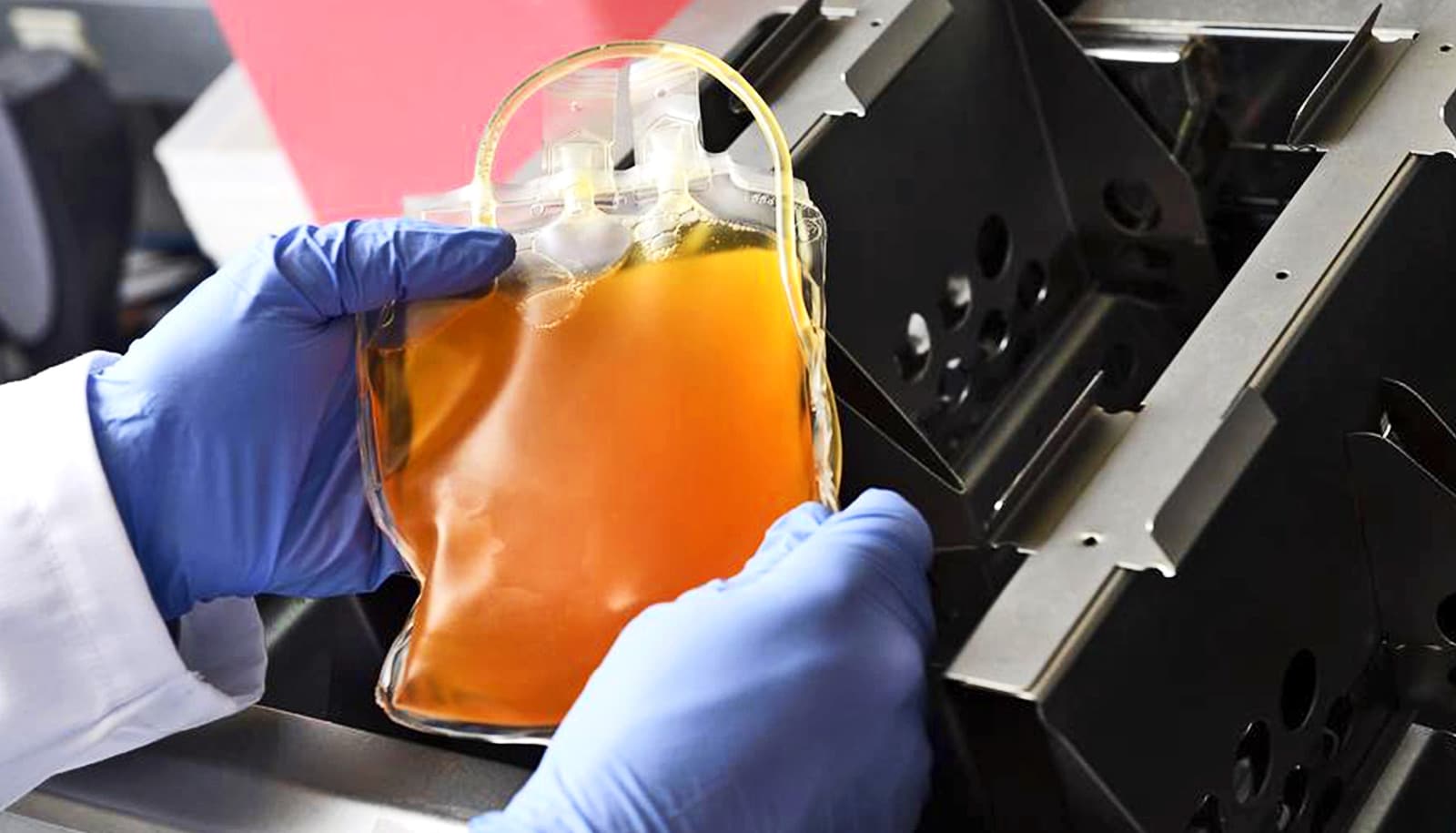A one-time test could predict which people hospitalized with COVID-19 are likely to worsen significantly during their stay, even if they were admitted with relatively mild symptoms, according to a new study.
The test measures patient blood levels of a protein on the virus that causes COVID-19. High levels of the protein correlated strongly with an increased need for respiratory support five days. People whose levels were high were also likely to be hospitalized significantly longer than those with lower levels.
The findings suggest that the virus may continue to replicate in a subset of hospitalized patients, and that those patients might benefit from antiviral treatments like monoclonal antibodies or remdesivir. Such antiviral treatments are now primarily used in outpatient settings after previous clinical trials showed they did not benefit hospitalized patients.
“The way we’ve been thinking about COVID-19 is that antivirals are most helpful early in disease, to stop viral replication before a person becomes really sick,” says Angela Rogers, associate professor of pulmonary and critical care at Stanford University Medicine.
“When a person is sick enough to be hospitalized, it seems that the inflammatory response to the virus causes many of their clinical symptoms. Some have suggested that it is time to stop studying antivirals in the sickest patients who are hospitalized with COVID-19. But this study suggests that a subset of patients might benefit from antiviral therapies even after hospitalization.”
Rogers is the lead author of the study in the Annals of Internal Medicine. She headed an international group of researchers in analyzing the results of a large, multicenter clinical trial of antiviral therapies in hospitalized COVID-19 patients called the ACTIV-3, or TICO (therapeutics for inpatients with COVID-19) trial.
Higher proteins, higher risk
The ACTIV-3 trial was designed to test five antiviral drugs versus a placebo in hospitalized COVID-19 patients. Rogers and her colleagues studied more than 2,500 people hospitalized for COVID-19 at multiple locations in the United States, Europe, Asia, and Africa between August 2020 and mid-November 2021—a period that spanned the rise of the Delta variant of the virus around the globe. Few of the patients were vaccinated.
Blood samples from patients were tested at the time of their enrollment in the study for the presence of the telltale protein from the nucleocapsid, or outer covering, of the SARS-CoV-2 virus, which causes COVID-19. Ninety-five percent of the participants had detectable levels of this protein, called the N protein. Of them, 57% had levels equal to or higher than 1,000 nanograms per liter (a nanogram is one-billionth of a gram). On average, people with levels above 1,000 ng/L were sicker at the time of sample collection than those with lower levels of N protein in their blood.
At first blush, the findings may seem obvious—more virus might suggest a higher burden of infection or that the immune system is not able to control the infection. But the researchers teased out some important subtleties when they compared the relative N protein levels in 1,085 patients randomly assigned to receive a placebo treatment with their symptoms five days after sample collection.
“Within every level of disease severity, people with higher protein, or antigen, levels were at a markedly higher risk of worsening,” Rogers says. “People with high levels of antigen, but who could breathe without oxygen when they enrolled in the study, were five times more likely than someone with lower levels of antigen to require oxygen supplementation five days later.”
Among the 257 people in the placebo group who did not initially need oxygen, 26% of those with levels of N protein of at least 1,000 ng/L had progressed to needing oxygen five days later. That’s compared with only 6% of people who had lower levels.
COVID disease severity
The levels of viral protein also correlated with the duration of a patient’s hospital stay, the researchers say. Patients with lower levels had a median hospital stay of four days, but those with levels above 1000 ng/L were in the hospital for a median of seven days.
The difference was more striking in the group requiring non-invasive ventilation or a high-flow nasal cannulas (both of which deliver more oxygen into the lungs than regular breathing). Among these patients, 42% of them with levels above 1,000 ng/L were discharged by day 28 of their hospital stay, as compared with 73% for people with lower levels.
“All the patients in the study were sick enough to be admitted to the hospital,” Rogers says. “We know from previous studies that COVID-19 patients with higher antigen levels are more likely to die. But the lingering question has been, is that because they are just sicker to begin with? Now we know that is not the case. Even those with relatively mild symptoms fare more poorly if plasma antigen level is high.”
The researchers also found that, at all stages of disease severity, men in the study tended to have higher levels of the N protein in their blood than women, even after adjusting for differences in rates of hypertension, heart disease, and other possible confounding factors.
“This is really interesting and we don’t know why this is,” Rogers says. “There is so much more research to be done.”
The ACTIV-3 study is ongoing, but five of the six antiviral drugs studied by the group had failed to perform better than the placebo; many of these same drugs had been effective in the outpatient setting. This new study suggests that hospitalized patients are not uniform, and that a precision medicine approach to COVID-19 inpatient trials is needed.
“Clinical trials of antiviral drugs are very likely to fail if half of the people you enroll already have low viral levels and can’t benefit from them,” Rogers says.
“But some hospitalized patients who have ongoing viral replication may benefit from these treatments.” Devising a point-of-care version of the test that could quickly identify patients with elevated viral levels may help doctors triage their care and allow targeted enrollment into future antiviral trials targeting the SARS-CoV-2 virus, Rogers believes.
The US Operation Warp Speed program; the National Institutes of Health; Leidos Biomedical Research Inc., for the Insight Network; the Research Triangle Institute for the Prevention and Early Treatment of Acute Lung Injury Network; the Cardiothoracic Surgical Trials Network; and grants from the governments of Denmark, Australia, the United Kingdom, and Singapore funded the work.
Source: Stanford University



